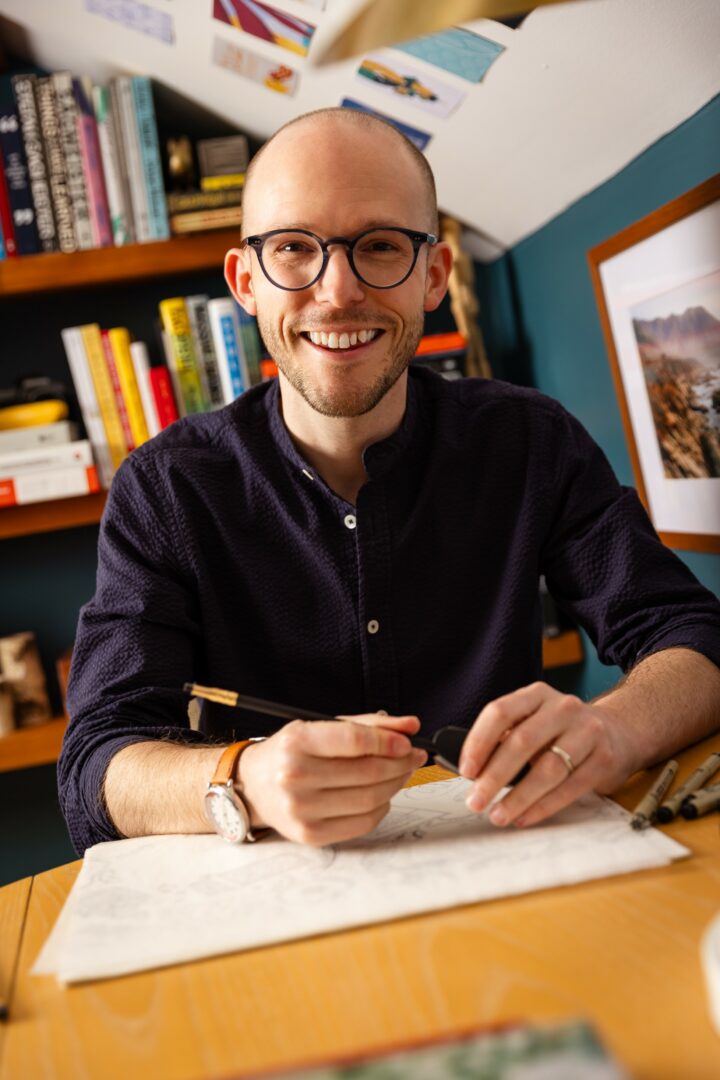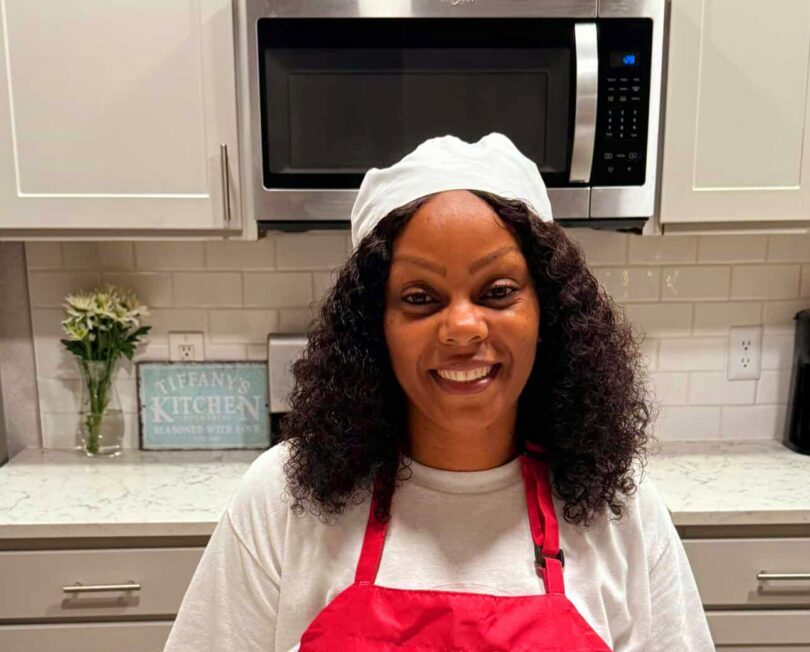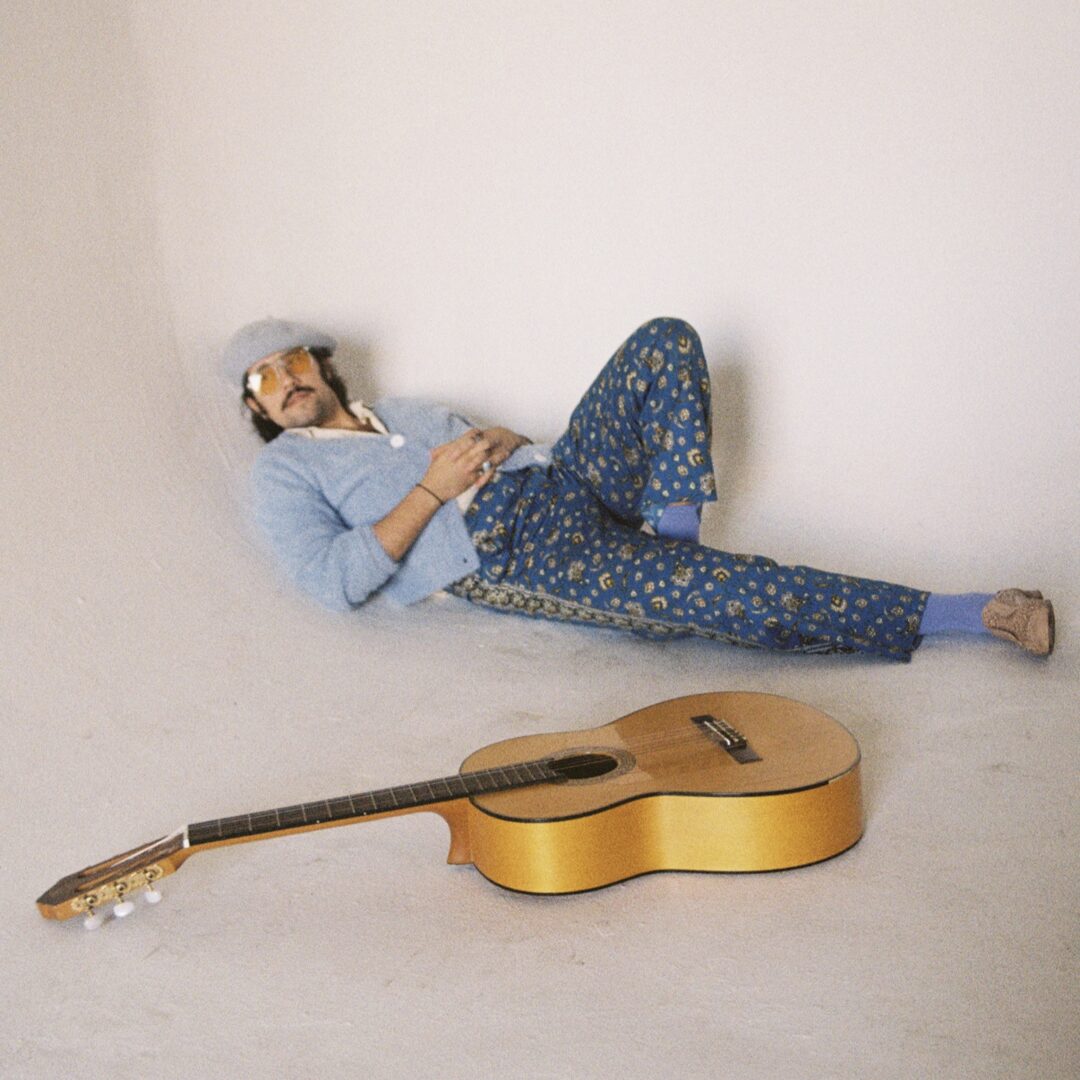We recently connected with Russell Shaw and have shared our conversation below.
Russell, so excited to have you with us today. So much we can chat about, but one of the questions we are most interested in is how you have managed to keep your creativity alive.
Sustaining creativity is about taking a long-term view about what it is that you are trying to do — and then committing to keep going, day by day, inch by inch, for the long haul. People often confuse “creativity” with “inspiration.” Inspiration is something that finds you and strikes you. It washes over you like a wave. Elizabeth Gilbert likened it to a “spirit” that comes upon you. Rick Rubin wrote that an inspiring idea is like a gift from the universe that you receive when it’s time for that idea to come into existence. Inspiration can be mystical and mythical that way. Creativity, I believe, is something else. When people say things like, “I don’t feel creative today,” I think what they really mean is, “I just don’t feel inspired.” Because while you may feel uninspired, you cannot feel uncreative. We are creative beings by nature. Creativity is not a feeling; it’s an ability that we train — a disposition, a mode of operation, a core trait in all of us that we foster with time and energy. It’s the choice to make, poke, prod, problem-solve, figure it out, fail, try it again. You do not feel “uncreative”; you choose to turn your creative spirit off and become distracted with other tasks. Keeping creativity alive is about choosing the act of creation, day in and day out, even if only in fits and starts and small bursts of time. Let’s say you do feel uninspired. Instead of waiting to create something from a place of inspiration, whenever that may come, there are loads of creative actions you can take to advance your project. You could learn more about the problem; research it; think about it from a different viewpoint; talk with someone who has dealt with it before; talk with someone who has never thought about it and hear their first assumptions and impressions; set out to make it one hundred different ways, only to fail at each one, but now you’ve figured out one hundred different bad approaches and that’s pretty valuable as well. None of these options require feeling inspired to get started. And what I have found is this: if you lack inspiration but you are dedicated to thinking, trying, and failing anyway, that often forces the hand of inspiration to strike. Inspiration is the reward for committing to creative exploration. Creative work requires a healthy dose of both hard work and luck. But one can lead to the other. Creativity thrives on inertia. Keep going; keep trying; don’t beat yourself up about it when it’s not perfect or when the idea doesn’t hit immediately; don’t internalize guilt over failure; don’t be afraid to try for a bit while also knowing when to take time to rest so that you can return to it refreshed. But come back again the next day so that, when that lucky strike does come, you’re ready for it.
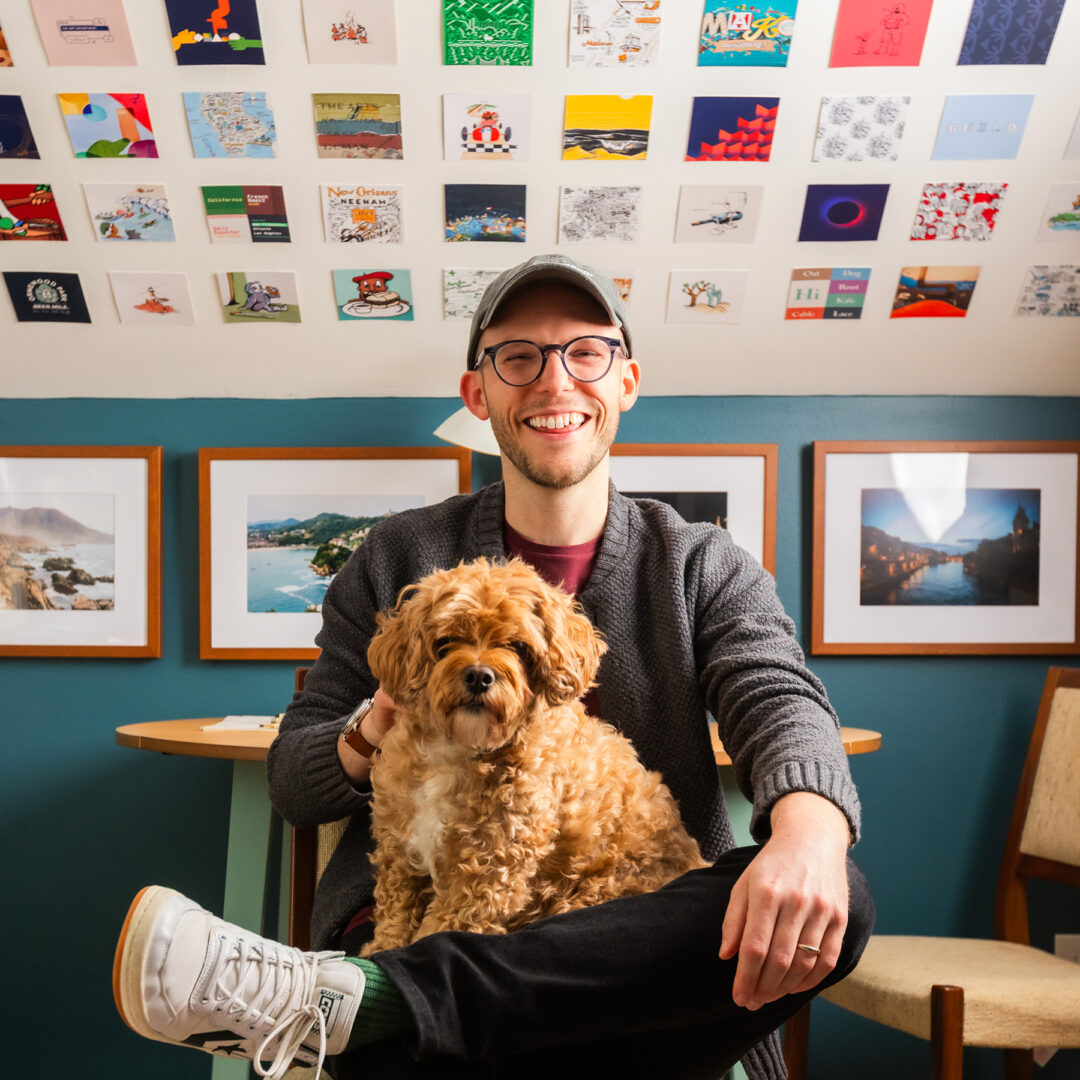
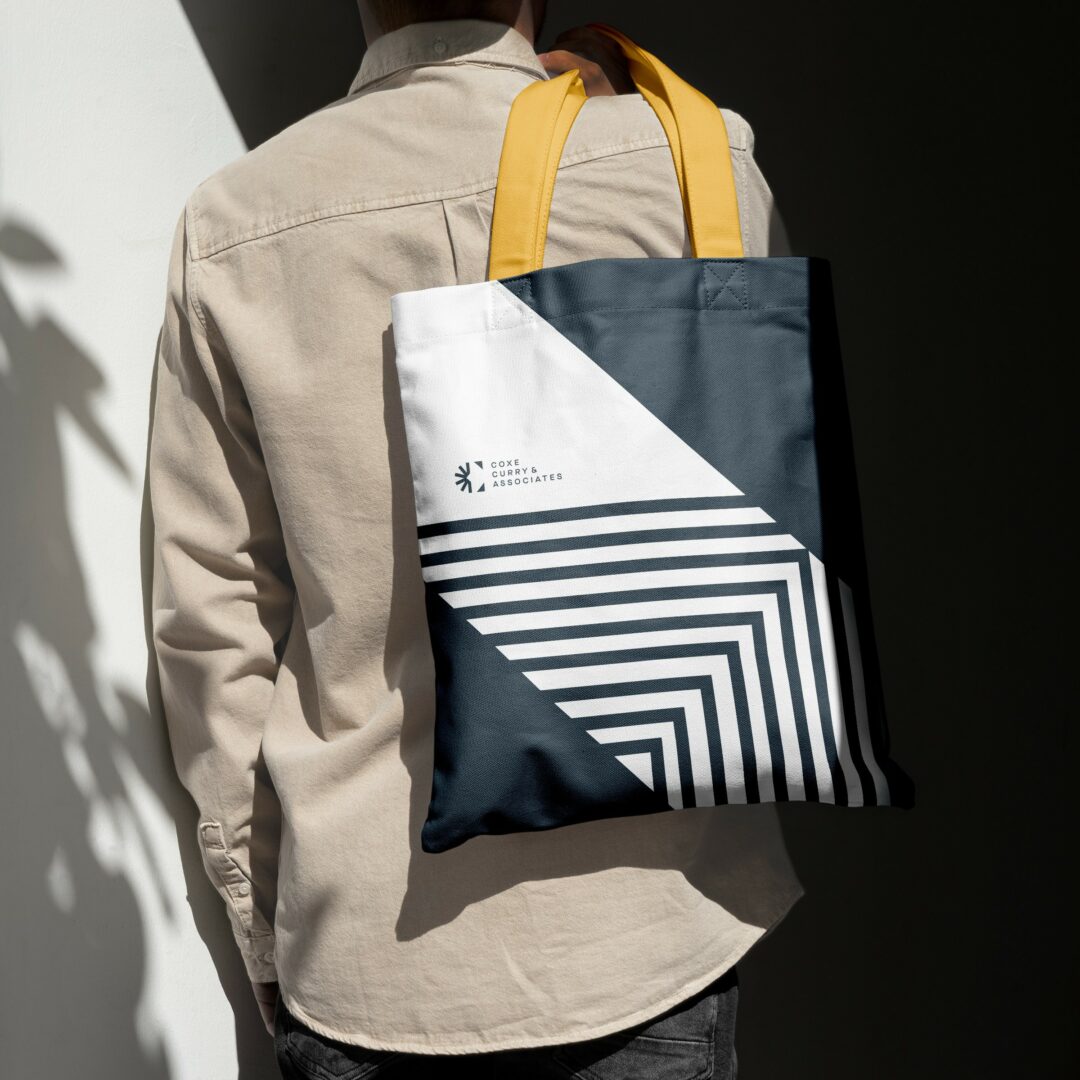
Let’s take a small detour – maybe you can share a bit about yourself before we dive back into some of the other questions we had for you?
I’m an independent creative director, brand designer, and illustrator. I work on crafting visual stories for organizations from a broad, strategic view down to the finest details of each execution. I work with business owners to build a brand from the ground up, from finding a core message, to the logo that reinforces that message, to the website or campaign or experience that tells the whole world about it. I also work with larger organizations on everything from establishing their brand guidelines to launching large-scale campaigns. And I still like to create self-initiated products and illustrations that put things out into the world that I enjoy. I’m very curious; I like working on a wide range of project types across a wide range of industries. I like making things that people will engage with, use, touch, react to—and hopefully it adds some delight to their day. I’ve worked with Docusign, The HISTORY Channel, Slack, Loom, Figma, LinkedIn, Pentagram, Porsche, Coca-Cola, Walgreens, New York Magazine, The National World War II Museum, HarperCollins, Hearst Communications, The Village Voice, and more. I wear a lot of different hats, but to me, it’s all about the craft. Whatever it is that we are creating, I love figuring it out, making it beautiful, and releasing it into the world for others to interact with and hopefully benefit from.
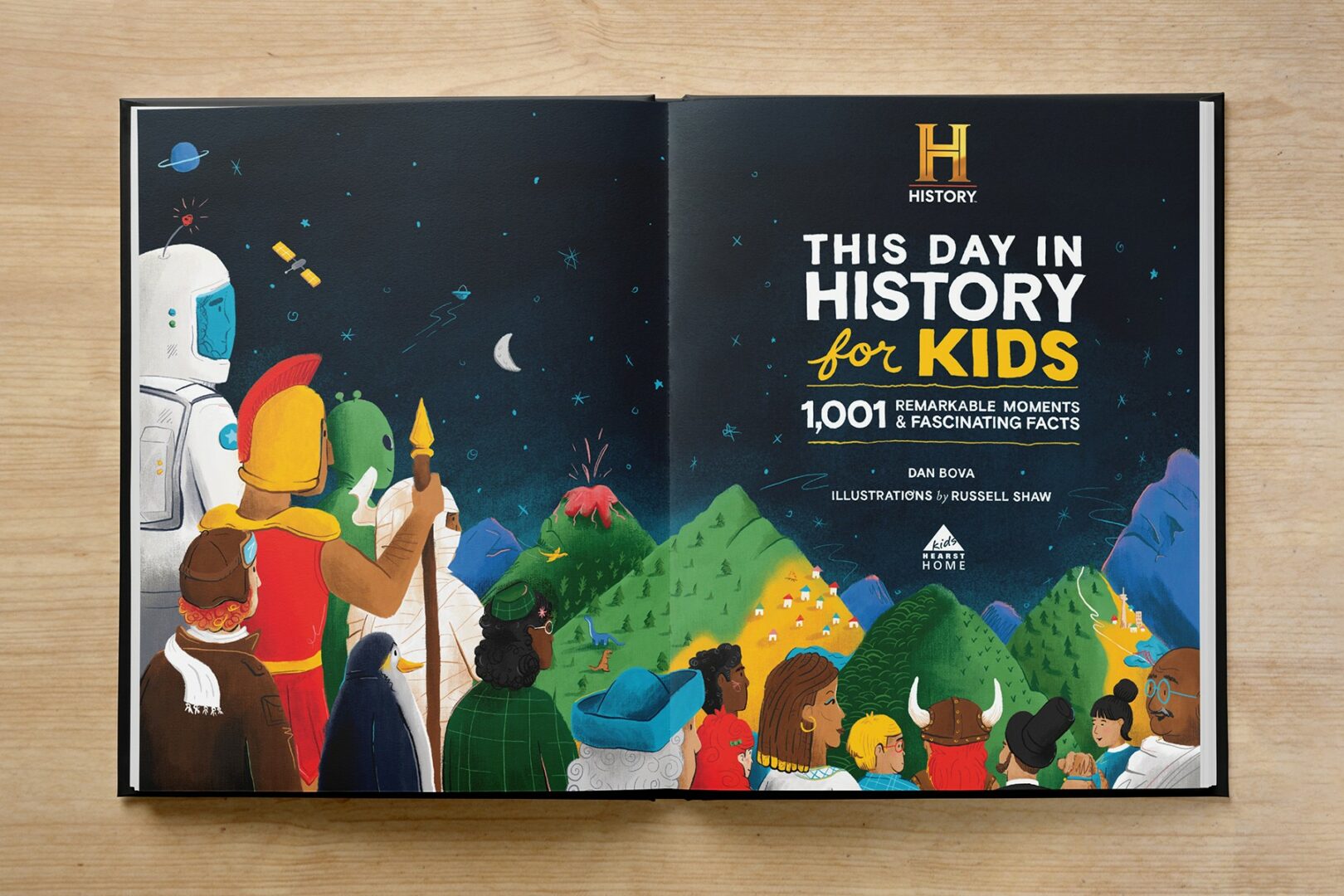
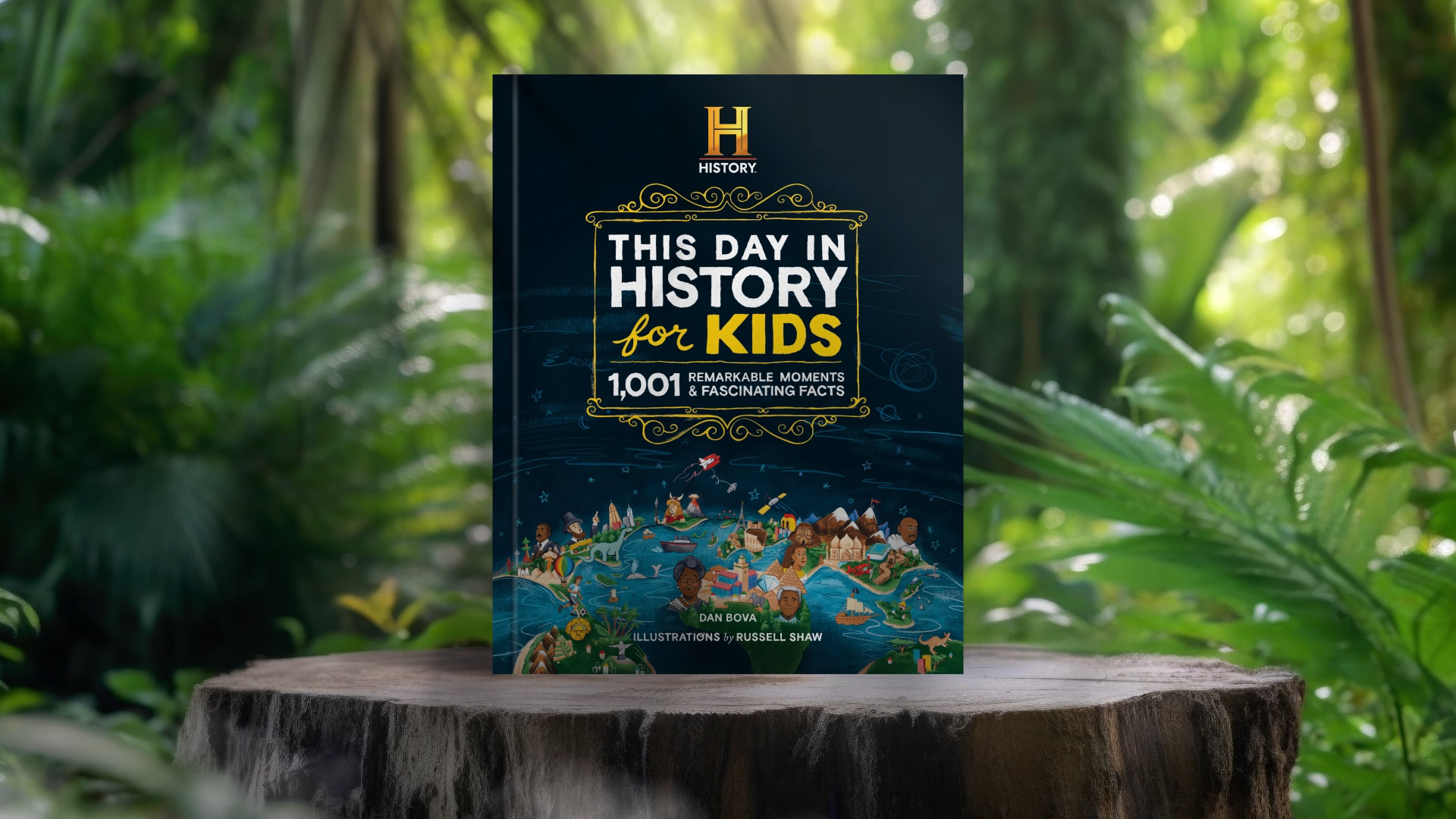
There is so much advice out there about all the different skills and qualities folks need to develop in order to succeed in today’s highly competitive environment and often it can feel overwhelming. So, if we had to break it down to just the three that matter most, which three skills or qualities would you focus on?
Technical skills aren’t the most important things to learn. You can always learn new techniques and software; plus, all of it is changing constantly anyway so you’re going to have to learn new methods again and again throughout your whole career. Three harder things to learn early on, but that pay off in huge ways as foundational traits? First, instilling self-discipline; second, embracing change; and third, forming a point of view. On instilling self-discipline: there are a lot of good artists out there, but a lot of them struggle with follow-through. If you can make self-discipline a second nature that is part of your operational DNA, then you’ll stand out in your field quickly. I have one client who has said to me, “We like your work, but the reason we keep coming back to you is because we know you’ll deliver it on time and at the right quality level.” (A practical flip side to this equation that helps keep you honest: understand your limits and know the timeframes that you personally need to make something, and then never agree to take on a project that you are not sure you can commit to finishing well in time. Saying “no” upfront exercises important stewardship over your time and other people’s’ expectations). On embracing change: be the type of person who expects change to happen, so that the unexpected doesn’t knock you off balance. Everything is a story of change. Your industry will not look the same in even just a few years (or less!). If you can anticipate that from the get-go, you can roll with the change as it comes. I believe we were all made to constantly learn new things. Stay curious as it all shifts. That doesn’t mean that the point is to chase trends, but it is important to stay informed and be responsive to what’s going on around you. Creativity is a lot like jazz, and it requires a lot of improvisation to keep playing along. Learn to love the process itself and you’ll greet the major and minor key changes that others play along the way. Lastly, on forming a point of view: say something. Learn to write. Learn to speak about your work. Learn to tell a better story. Everything around us is so noisy. People are pumping out content faster than ever. If you want to break through, you have to say something and make something that is worth the airspace. Replicated stories will just get lost in the clutter. This is about bravery and boldness — be intentional when you communicate, and say something unique to you and your experiences rather than just adding volume to what’s being said already. Who are you? What are you making? Why are you making it? Who needs to know? Why should they care? If you can work from a place that answers those questions, you’ll create a signal that cuts through the noise.
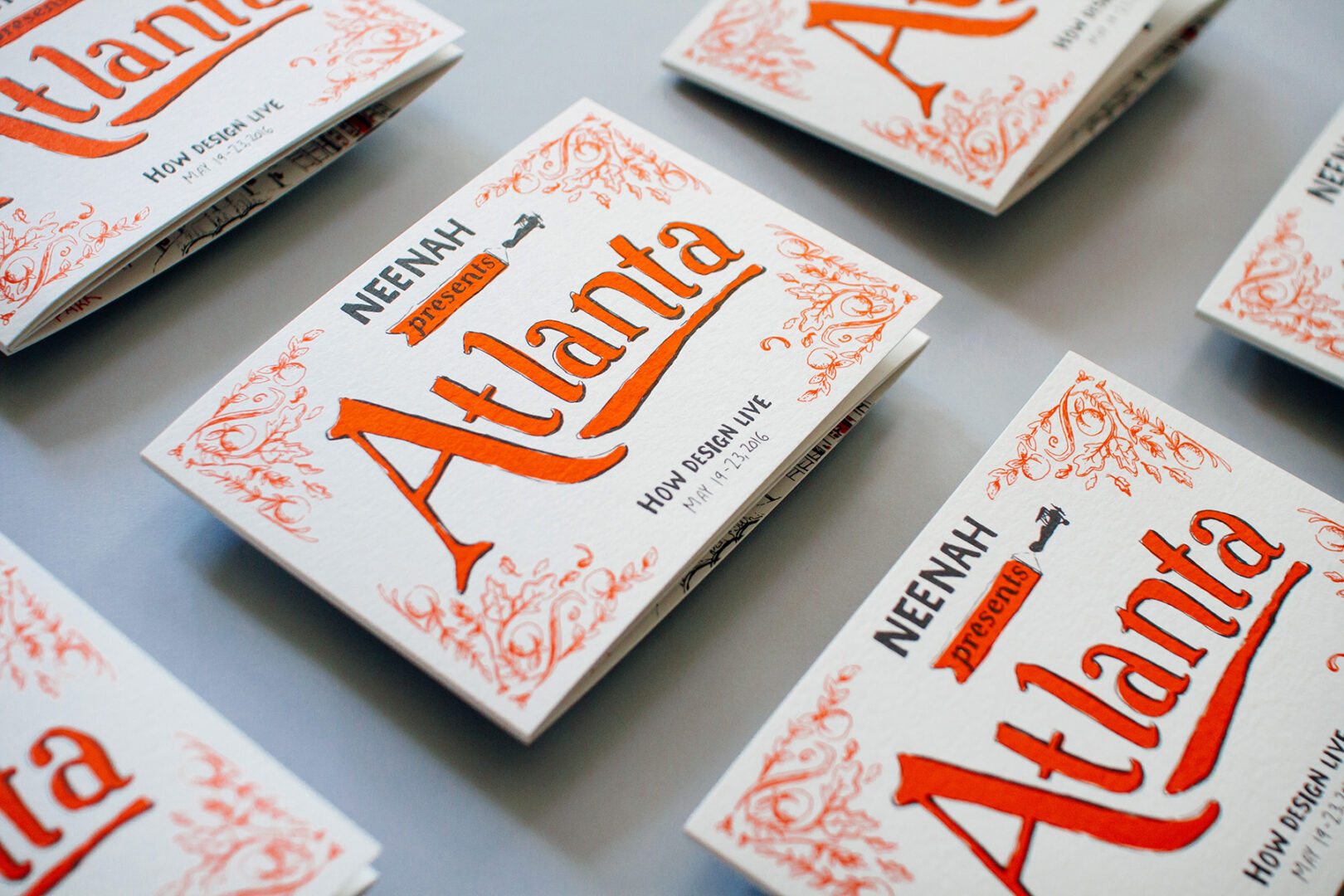
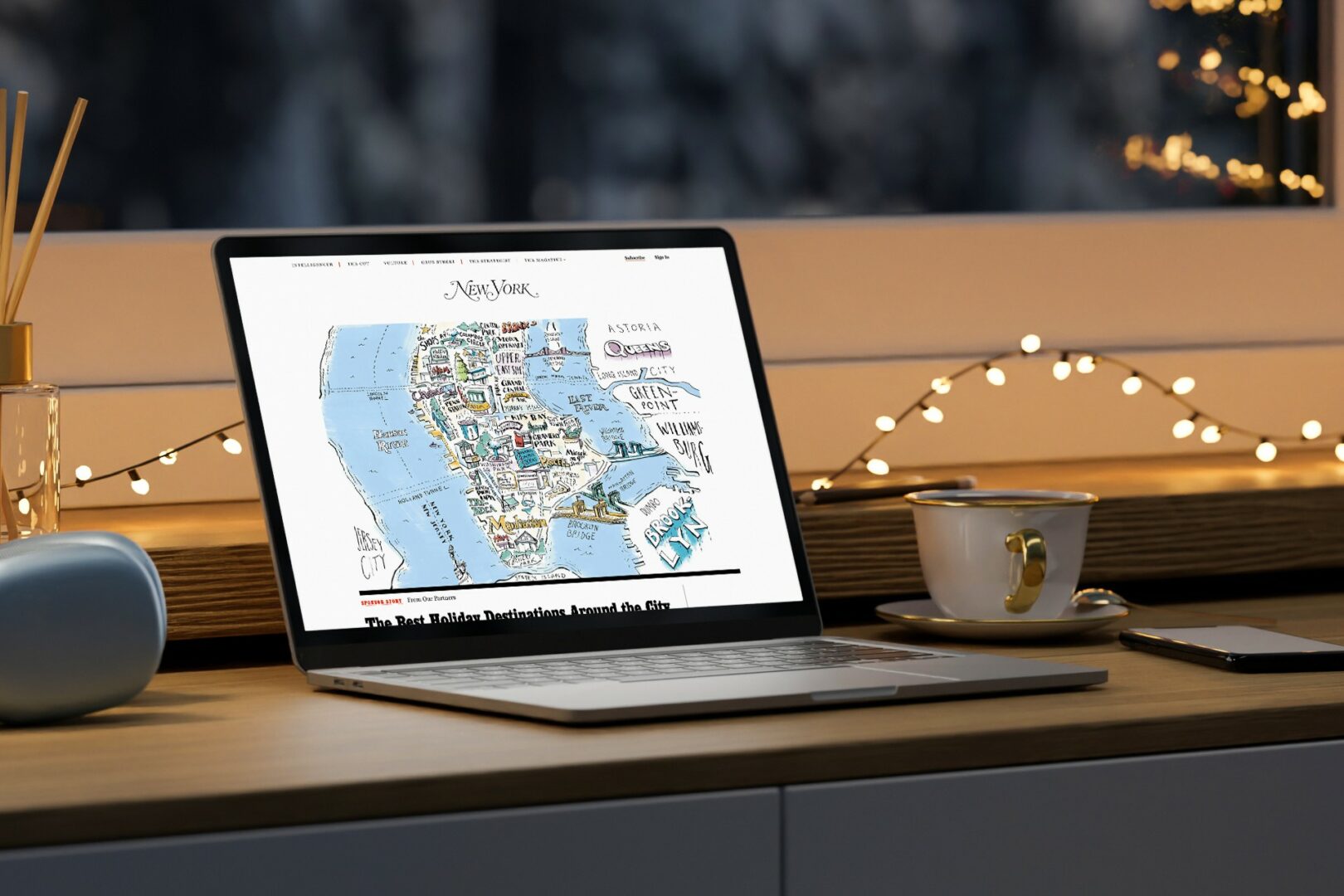
We’ve all got limited resources, time, energy, focus etc – so if you had to choose between going all in on your strengths or working on areas where you aren’t as strong, what would you choose?
Good question! This one has actually changed for me over time. So now maybe my answer is “both.” When I was starting out, I was in the camp of improving all areas in order to be more well-rounded. I thought being as multi-hyphenate as possible was going to be an asset. I tried to learn every facet of every discipline that touched what I did: visual design and illustration, yes, but also photography, videography, editing, copywriting, coding, motion graphics, marketing, product design, sound editing, etc. While this made me a good generalist at the outset, as I progressed in my career, I started partnering with people who were experts at just one or two of those disciplines. I witnessed how someone who is truly a pro at one thing can carry a project so much farther. It was a testament to collaboration as well as a realization that the adage “jack of all trades, master of none” was very true. The collaborative nature of these projects also made me really excited to work on the things that I myself was getting better and better at, and then bring in the right people to hand it off to and watch them crank up the level of craft for the project overall, and together we would make something even better. I started cutting out the disciplines that I technically could do, but that I realized would never be what I could do best. I know now that I am most skilled at illustration and brand design work — how typography, color, and visuals can weave intricate design systems to tell bigger and more powerful conceptual stories. All that to say, when it comes to honing your craft, work at it like a capital “T”: start wide but eventually choose one path to follow deeply. Try a lot of things, and then specialize in only a few. I believe that learning so many different aspects of the work laid a good starting foundation for my career. I learned how to speak the language of a lot of different fields; now when I partner with experts in each, I can help articulate a better vision. But I also learned the things that I love doing and that I do the best. Doing a little bit of everything enables you to get the job done; but honing in on the right skills makes you a specialist that people will seek out for your expertise and leadership.
Contact Info:
- Website: https://russellshawdesign.com/
- Linkedin: https://www.linkedin.com/in/russrs/
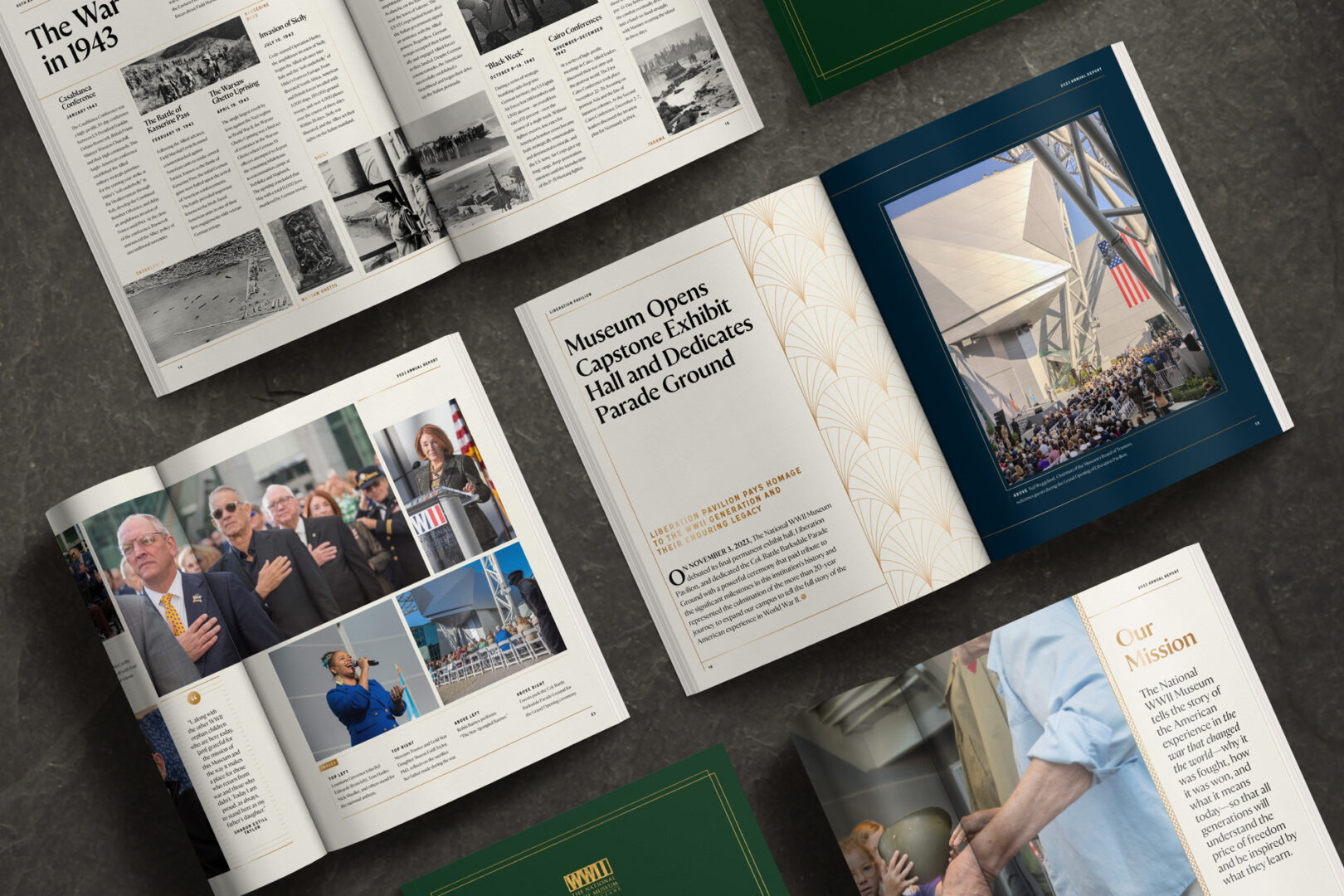
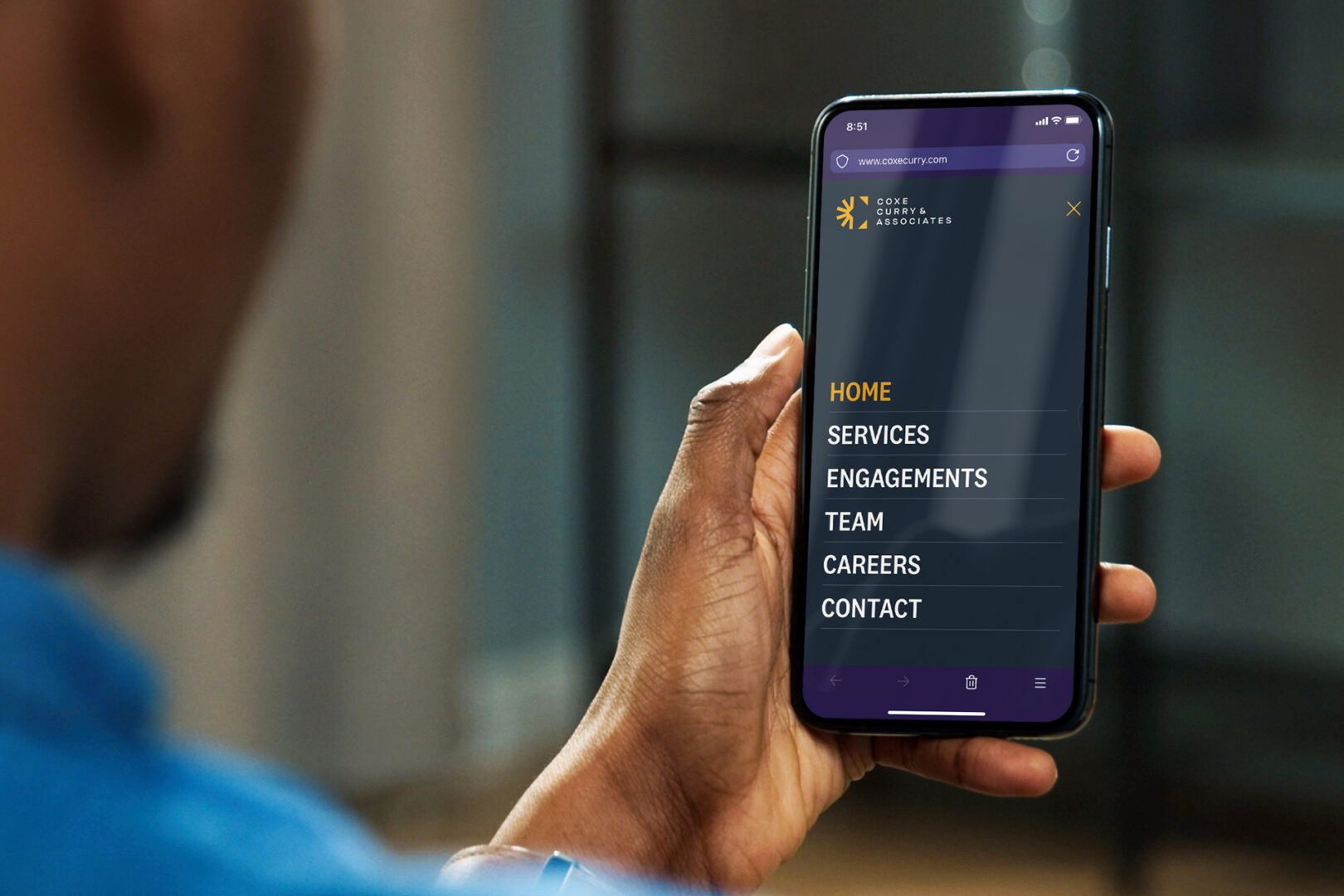
Image Credits
Portrait by Elle Wood Photography
so if you or someone you know deserves recognition please let us know here.

